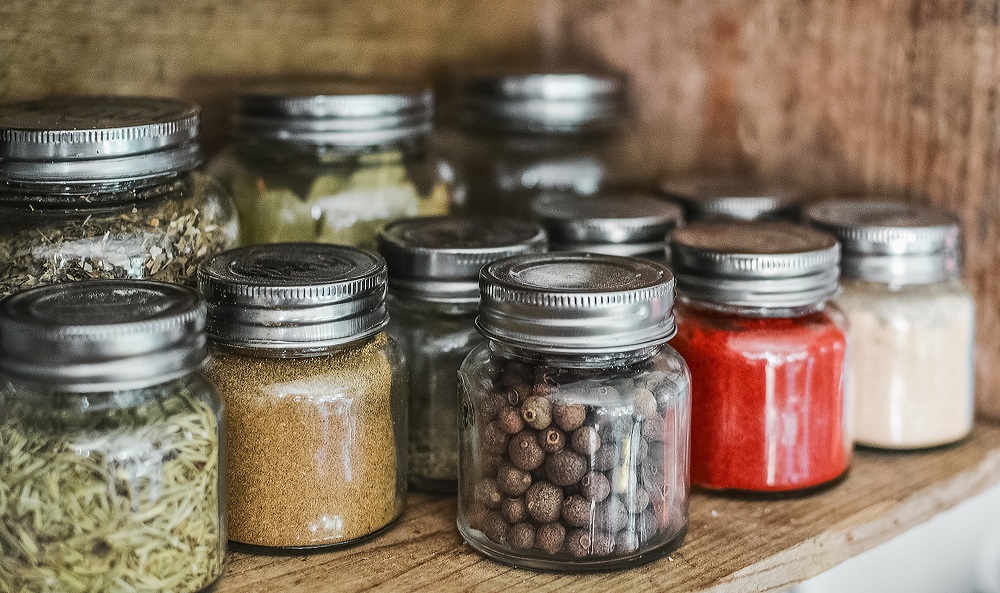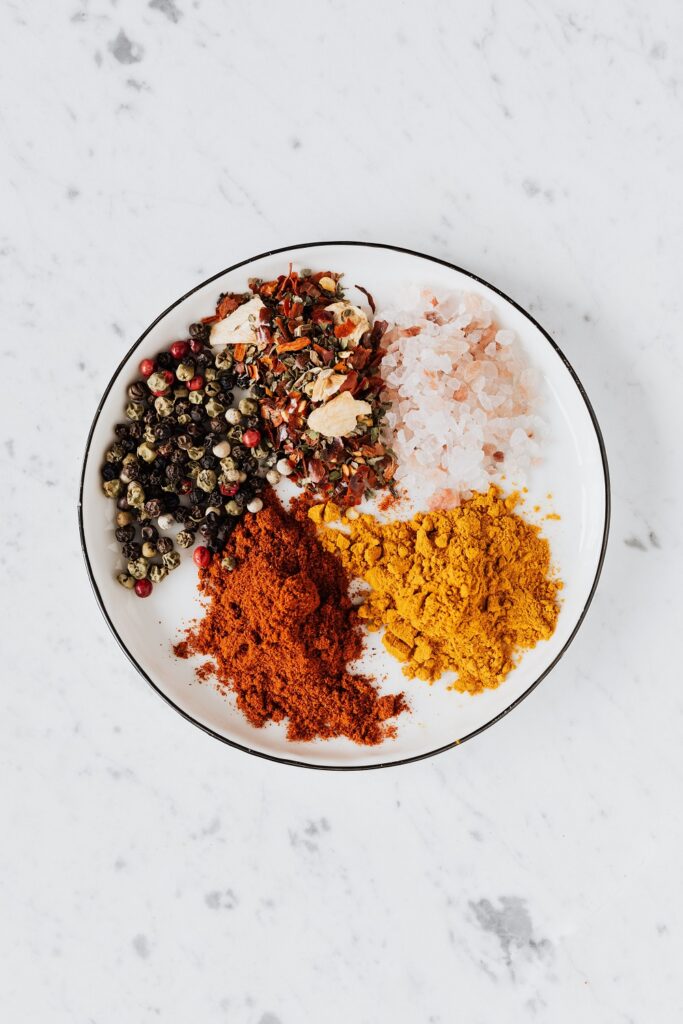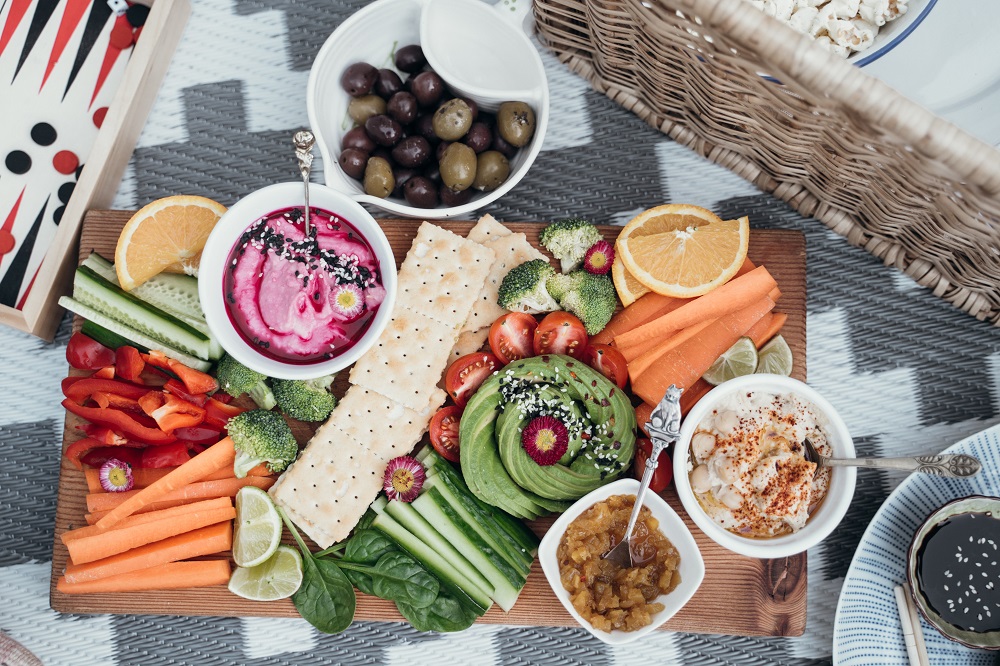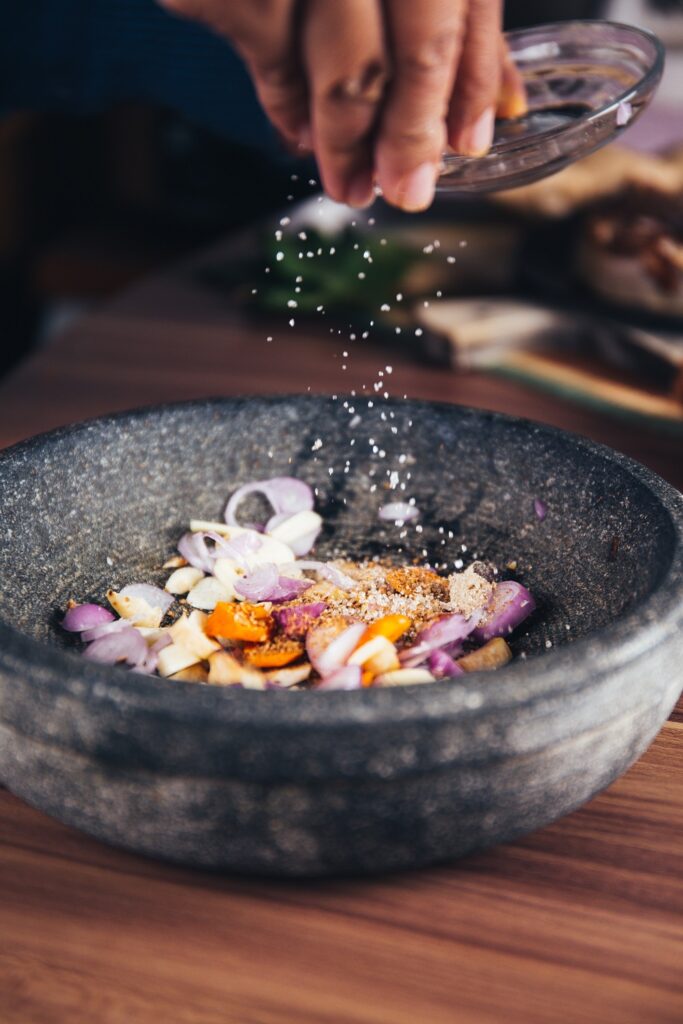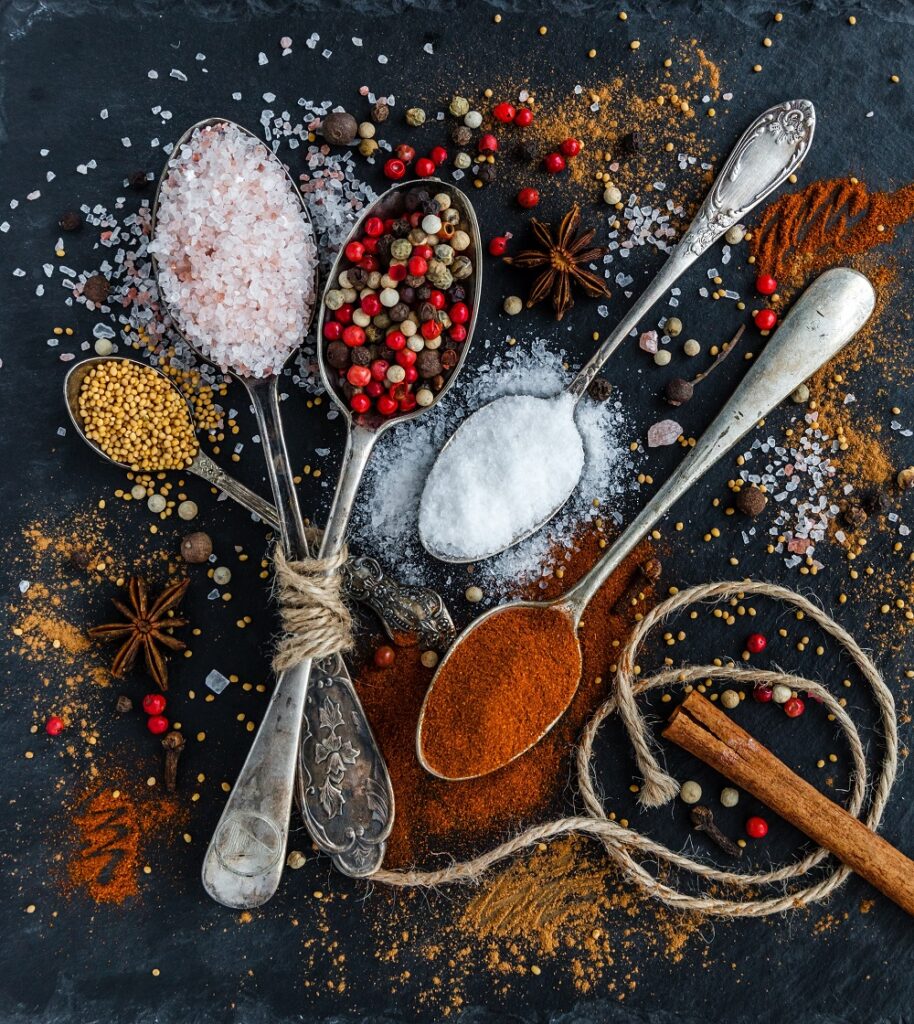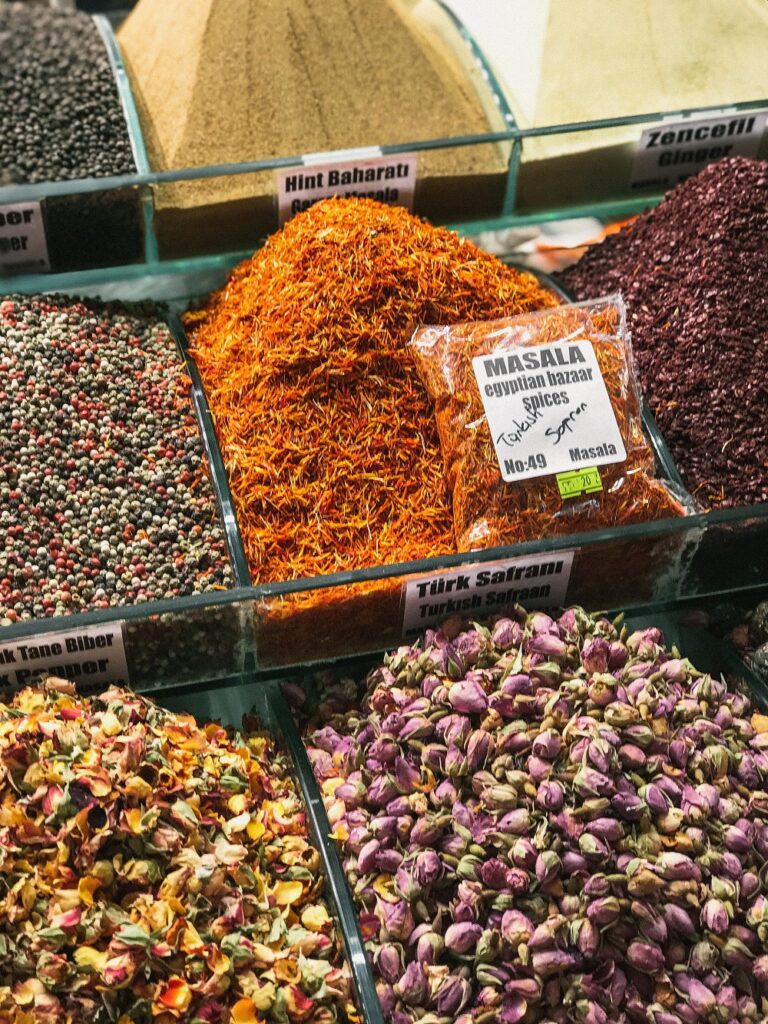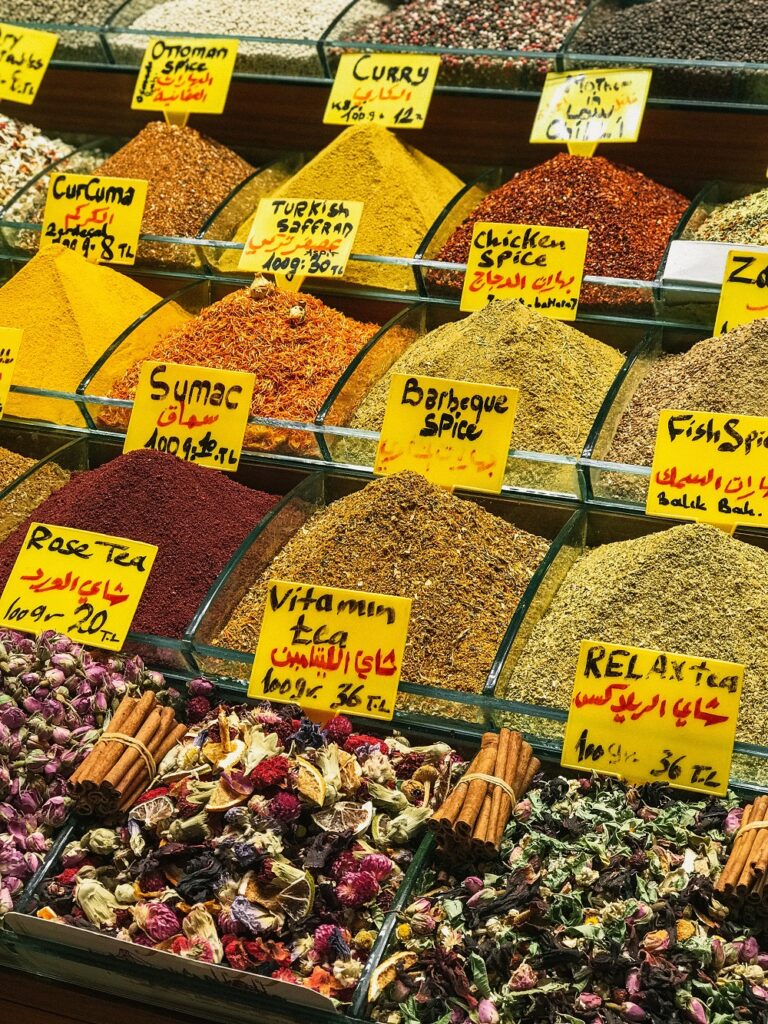The Role of Spices in Traditional Ayurvedic Medicine
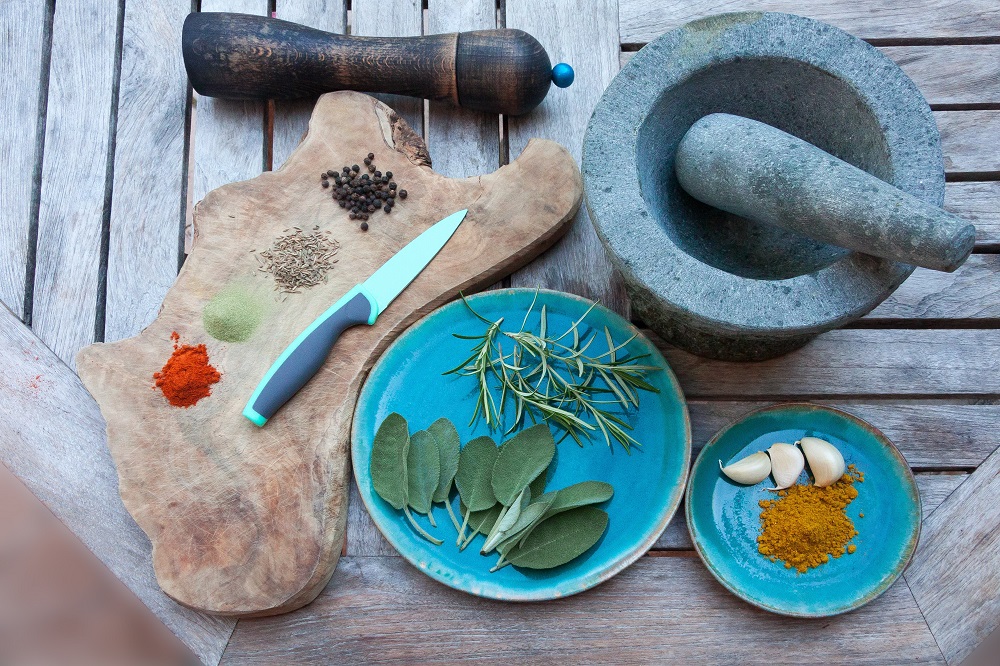
Ayurveda, one of the world’s oldest holistic healing systems, has been practiced for thousands of years in India and is increasingly gaining recognition globally. Central to Ayurvedic medicine is the belief that health and wellness are achieved through a balance of body, mind, and spirit. Diet plays a pivotal role in this balance, and spices are an integral part of the Ayurvedic approach to nutrition and healing. In this 2000-word article, we will explore the fundamental role of spices in traditional Ayurvedic medicine, their medicinal properties, and their contribution to overall well-being.
Understanding Ayurveda: The Science of Life
Before diving into the role of spices in Ayurvedic medicine, it is essential to comprehend the foundational principles of Ayurveda. This ancient healing system is based on the following key principles:
- Doshas: Ayurveda categorizes individuals into three primary constitutional types or doshas – Vata (air and space), Pitta (fire and water), and Kapha (earth and water). Each person has a unique combination of these doshas, which influences their physical, mental, and emotional characteristics.
- Prakriti and Vikriti: Prakriti refers to an individual’s inherent, balanced state, while Vikriti represents their current state, which may be influenced by external factors, lifestyle, and diet.
- Balancing Act: Ayurveda focuses on restoring and maintaining balance within the doshas to promote optimal health and well-being.
- Panchamahabhutas: Ayurveda identifies five elements – ether, air, fire, water, and earth – as the fundamental building blocks of the universe, which combine to form the doshas.
- Tridosha Theory: Health issues are often attributed to an imbalance in the doshas, and Ayurvedic treatments aim to restore harmony within these three constitutional types.
The Significance of Spices in Ayurvedic Medicine
Spices have been an integral part of Ayurvedic medicine and cooking for millennia. Their significance lies in their ability to influence the doshas, stimulate digestion, and offer a wide range of medicinal properties. Let’s explore the role of spices in Ayurveda.
1. Balancing Doshas
Spices are used strategically to balance specific doshas based on their inherent qualities. For example:
- Vata-Balancing Spices: To balance Vata dosha, warm and grounding spices like ginger, cinnamon, and cloves are often used. These spices provide stability and warmth, countering the cold and airy nature of Vata.
- Pitta-Balancing Spices: Pitta dosha, associated with heat and fire, benefits from cooling spices like coriander, fennel, and cilantro. These spices help reduce excess heat and inflammation in the body.
- Kapha-Balancing Spices: Kapha dosha, linked to earth and water elements, can be balanced with pungent, heating spices like black pepper, mustard, and ginger. These spices invigorate and energize the body.
2. Digestive Aid
Ayurveda places great emphasis on proper digestion, as it is seen as the root of good health. Spices play a crucial role in enhancing digestion through various mechanisms:
- Stoking Agni: Agni, the digestive fire, is responsible for breaking down food and absorbing nutrients. Spices like cumin, fennel, and coriander kindle Agni and improve digestion.
- Aiding Absorption: Spices can facilitate the absorption of nutrients, ensuring that the body receives the maximum benefit from the foods consumed.
- Preventing Toxins: A healthy digestive system prevents the accumulation of Ama, which are toxins that can lead to illness. Spices help clear Ama and maintain overall health.
3. Medicinal Properties
Many spices used in Ayurveda possess specific medicinal properties that make them effective remedies for a range of health issues. Some notable examples include:
- Turmeric: Renowned for its anti-inflammatory and antioxidant properties, turmeric is used in Ayurvedic medicine to treat a variety of ailments, from arthritis to digestive issues.
- Ginger: Known for its digestive, anti-nausea, and anti-inflammatory properties, ginger is a versatile spice in Ayurveda.
- Cumin: Cumin is used to aid digestion, alleviate bloating, and relieve respiratory issues. It’s also believed to enhance metabolism.
- Fenugreek: Fenugreek seeds are used for their anti-diabetic properties, and they can help control blood sugar levels.
- Cinnamon: This warming spice is used to enhance circulation and stimulate digestion. It is also valued for its ability to balance blood sugar levels.
4. Ayurvedic Cooking
The practice of Ayurvedic cooking places a strong emphasis on the use of spices. The way spices are prepared and combined in dishes can enhance their medicinal properties and dosha-balancing effects.
- Tadka: Tadka, or tempering, is a common technique in Ayurvedic cooking. Spices are briefly sautéed in ghee or oil and then added to dishes to infuse them with flavor and medicinal benefits.
- Spice Blends: Ayurvedic spice blends, such as garam masala or panch phoron, are carefully crafted combinations of spices designed to create balanced flavors and promote wellness.
- Cooking Methods: Ayurvedic cooking methods, such as slow cooking and steaming, are used to preserve the vitality and nutrition of the spices.
Key Ayurvedic Spices and Their Properties
Ayurveda relies on a wide range of spices, each with unique properties and applications. Let’s delve into some key Ayurvedic spices and their medicinal qualities:
Turmeric (Curcuma longa)
- Qualities: Turmeric is considered bitter, astringent, and pungent with a heating nature.
- Medicinal Properties: It is anti-inflammatory, antioxidant, and antimicrobial. Turmeric supports digestion and liver function.
- Dosha Balancing: It can help balance Kapha and Pitta doshas.
Cumin (Cuminum cyminum)
- Qualities: Cumin is bitter, pungent, and a little sweet, with a heating nature.
- Medicinal Properties: It aids digestion, reduces bloating, and is known for its anti-inflammatory effects.
- Dosha Balancing: It can help balance Vata and Kapha doshas.
Ginger (Zingiber officinale)
- Qualities: Ginger is pungent, heating, and slightly sweet.
- Medicinal Properties: It is anti-inflammatory, aids digestion, and is known for its anti-nausea effects.
- Dosha Balancing: It can help balance Vata and Kapha doshas.
Cinnamon (Cinnamomum verum)
- Qualities: Cinnamon is sweet, heating, and slightly astringent.
- Medicinal Properties: It improves circulation, supports digestion, and is known for its ability to balance blood sugar levels.
- Dosha Balancing: It can help balance Vata and Kapha doshas.
Coriander (Coriandrum sativum)
- Qualities: Coriander is sweet, a little bitter, and cooling.
- Medicinal Properties: It supports digestion, has mild diuretic effects, and is known for its anti-inflammatory properties.
- Dosha Balancing: It can help balance Pitta dosha.
Fennel (Foeniculum vulgare)
- Qualities: Fennel is sweet, slightly bitter, and cooling.
- Medicinal Properties: It aids digestion, reduces bloating, and has mild diuretic effects.
- Dosha Balancing: It can help balance Pitta and Kapha doshas.
Ayurvedic Spice Remedies
Spices are not only used for flavor in Ayurvedic cooking but are also incorporated into home remedies to address various health issues. Here are a few examples of Ayurvedic spice remedies:
- Ginger Tea: A classic remedy for colds and flu, ginger tea is warming and soothing. It helps alleviate congestion and eases digestive discomfort.
- Turmeric Milk (Golden Milk): This popular remedy combines turmeric, milk, and spices like black pepper and cinnamon to boost immunity, reduce inflammation, and improve sleep.
- Fennel Seed Water: Fennel seeds steeped in warm water can be consumed to relieve digestive issues like bloating and indigestion.
- Cumin Water: Drinking cumin water can aid digestion, reduce flatulence, and support weight loss by enhancing metabolism.
- Coriander Infusion: Coriander seeds steeped in hot water can be consumed to reduce water retention and alleviate urinary tract infections.
Ayurvedic Cooking and Lifestyle
Ayurvedic cooking and lifestyle recommendations extend beyond the use of individual spices. They emphasize the importance of a balanced diet that aligns with an individual’s dosha constitution (Prakriti) and is attuned to the current state (Vikriti). Key principles include:
- Eating Mindfully: Ayurveda encourages mindful eating, paying attention to the colors, textures, and flavors of food.
- Seasonal Eating: Choosing foods that are in season can help maintain balance and vitality.
- Food Combinations: Ayurveda provides guidelines on how to combine foods to enhance digestion and prevent imbalances.
- Regular Routine: Establishing a daily routine that aligns with your dosha constitution can promote overall well-being.
- Yoga and Meditation: Complementing dietary practices with yoga and meditation can enhance mind-body balance.
Spices play a vital role in traditional Ayurvedic medicine and the broader practice of Ayurveda. They are more than just flavor enhancers; they are nature’s potent tools for balancing doshas, aiding digestion, and promoting overall well-being. The science of Ayurveda recognizes the unique qualities of each spice and utilizes them strategically to address a wide range of health issues. Ayurvedic cooking, which artfully combines spices, is an integral part of this holistic approach to health and wellness. Incorporating Ayurvedic principles into one’s diet and lifestyle can lead to better health and a deeper connection with the wisdom of this ancient healing system.
Generated by ChatGPT
